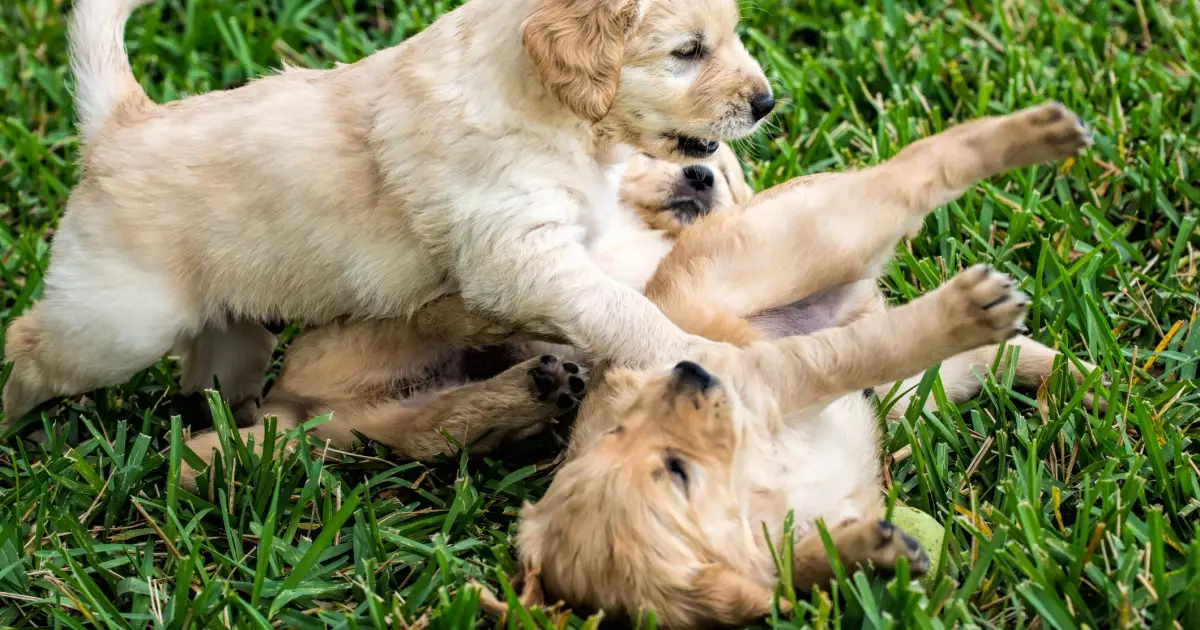Understanding dog behavior can often feel like deciphering an intricate code. For dog owners, distinguishing between playful interactions and potentially aggressive encounters is critical, yet can be daunting. Both play and aggression can exhibit striking similarities, making it essential for dog parents to equip themselves with the knowledge necessary to keep their dogs safe and socialized.
Dogs are inherently social animals. Their interactions with other dogs are crucial for their development, helping them learn essential skills like communication and social norms within their pack or group. Play serves as both an energy outlet and a bonding mechanism. During these playful exchanges, dogs engage in various behaviors, such as chasing, barking, and mock battles, which reinforce their social bonds.
However, the line between playful behavior and aggression can blur, especially when multiple dogs are involved. The excitement of play can escalate quickly, leading to misunderstandings among dog owners. As responsible pet guardians, it is vital to recognize the nuances in their behavior to ensure they engage in safe, healthy play rather than veering into aggression.
One crucial aspect of canine play is the concept of “self-handicapping.” This term refers to a playful dog intentionally taking a less dominant position to encourage their partner’s involvement in the activity. A clear example is when a larger dog crouches down or rolls onto its back, exposing its belly. Such actions signify that the dog is not only engaging but is also willing to endure a lower status in the interaction to stimulate further play.
In addition to self-handicapping, dogs frequently use specific “play signals” to communicate their intentions. For instance, the ubiquitous “play bow,” where a dog lowers its front legs while keeping its hind end high, is an invitation to play that is hard to misinterpret. Along with the play bow, a loose, relaxed body posture and wagging tail contribute to creating a distinctive ‘play face.’ This visual indicator of relaxation serves as a signal of safe engagement, allowing dogs to navigate the social landscape with clarity.
In contrast, aggressive encounters often lack these playful markers. During a true fight, you’re likely to witness stiff, tense body language instead of the loose, fluid movements seen in play. Growling can escalate into snarling, and the vocalizations will tend to be more guttural and low rather than the high-pitched excitement typical of playful barking. Additionally, the presence of defensive posturing, where a dog may curl its body or show its teeth menacingly, indicates discomfort and potential aggression rather than enthusiasm for engagement.
Moreover, while playful wrestling may include elements of mouthing or gentle bites, a genuinely aggressive encounter can escalate quickly into serious injuries. Dogs will bite harder and show no willingness to disengage; they will instead cling to their aggressive behavior until one party retreats or is physically separated.
Responsible dog ownership extends beyond merely understanding cues of play versus aggression. Closely monitoring dog interactions and the context within which they occur is critical. A controlled environment, such as a dog park or training facility, should allow for socialization under supervision. However, owners need to remove dogs from the situation if they identify any troubling signs of aggression to prevent escalation.
Introducing new dogs to your pet gradually and ensuring that their relationships evolve at a comfortable pace is fundamental. Observing interactions from a distance can provide insights into whether the existing behaviors indicate playfulness or veer toward aggression.
In summation, pet owners must educate themselves on the myriad behaviors that define play and aggression in dogs. This knowledge can foster healthy interactions and contribute to a safer, more fulfilling experience for all furry companions involved. By recognizing the subtlety inherent in canine communication, dog owners can create environments that nurture playfulness without compromising safety. Understanding these behaviors is not only a responsibility but a pathway to developing stronger, more joyful bonds with our canine friends.

